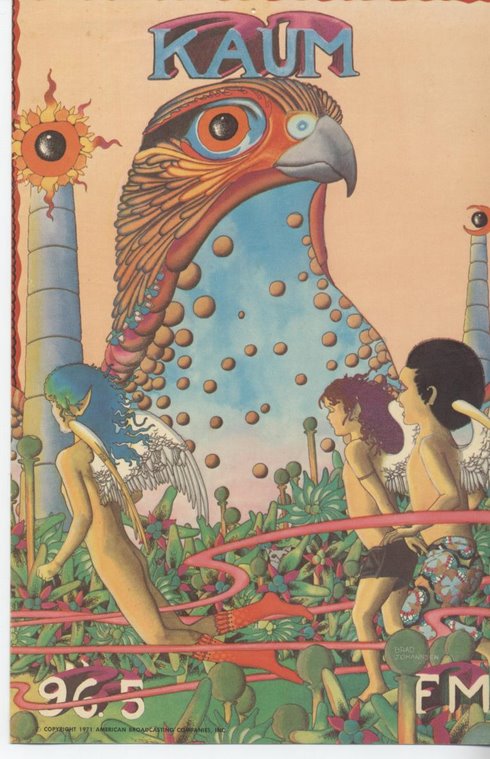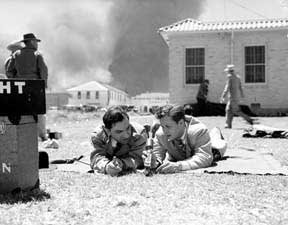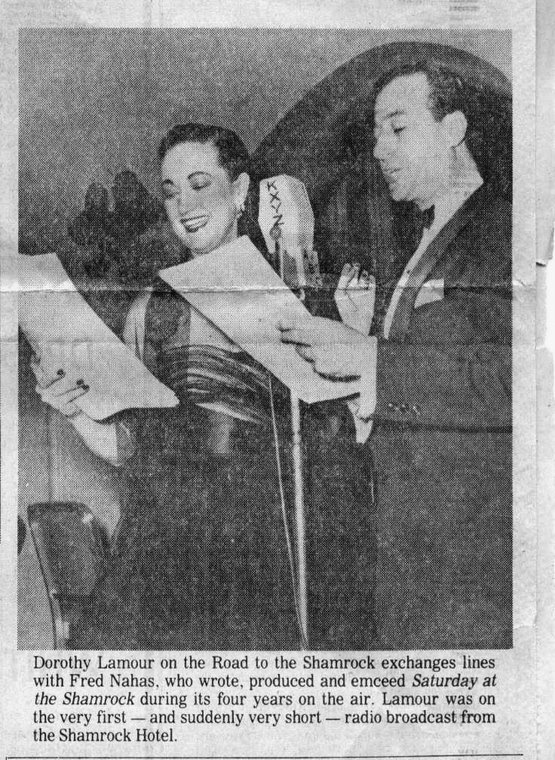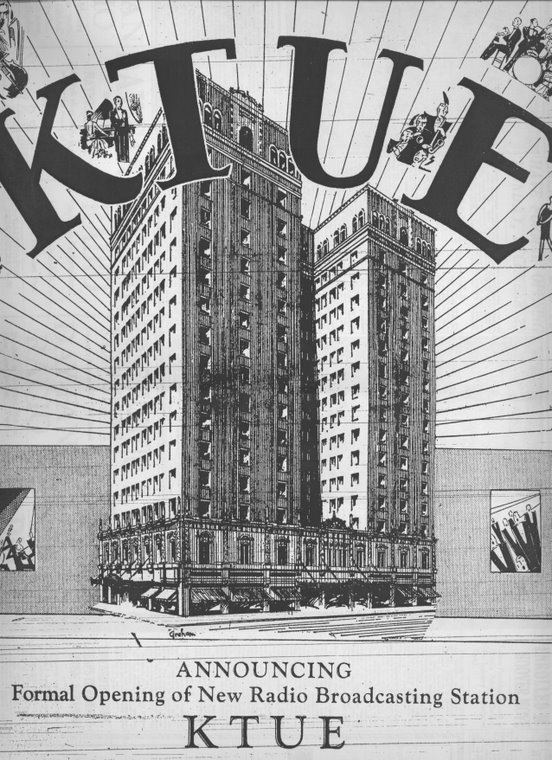KNRO-FM, Conroe, signed on in February, 1965, at 106.9 MHz. The exact date of the first broadcast is not known but Broadcasting Yearbook gives the date as February 14. A permit had been issued 2 weeks earlier for remote control operation. In early August of 1968, the station went to 24 hours a day, launching an all-night country music program hosted by a former Nashville musician, Bill Board. The midnight to 6am show was call the Tennessee Bill Board Country Music program according to Station Manager Bob Brown. (Note: I did not make this story up; it was published in Billboard). The station operated with 40,000 watts at that time.
The station was acquired by the Jimmy Swaggert Evangelical Association on March 31, 1978. In the 1979 Broadcasting Yearbook the calls are given as KMCV-FM but it is not known when those calls were adopted. The listing shows the station operating with 98,000 watts from a 530 foot tall antenna. Subsequently, Swaggert was to adopt the calls KJOJ-FM. The station was eventually sold to Regan Henry and US Radio which programmed jazz and shock talk as KKHU. It has also been known as U106.9 and ZRock.
Currently KHPT-FM, the Eagle, a Classic Hits station owned by Cox, operates on 106.9, simulcasting with KGLK-FM, Lake Jackson, on 107.5.
Billboard Magazine reported on December 25, 1965, that KHUL-FM, 95.7 MHz, had switched to a country format. Jack Hayes was Program Director. Eight months later, on August 12, 1966, Industrial Broadcasting acquired the station. Industrial was also the owner and operator of KIKK, 650 kHz which it had acquired on October 1, 1958. The two stations maintained separate facilities and staffs. Charles Temple was General Manager of KHUL and Mike McCann was Program Director; Leroy Gloger was General Manager of Industrial. A Market Profile of Houston published in Billboard Magazine, March 5, 1966, indicated KHUL-FM was already broadcasting 100% country music by that time, well before being taken over by KIKK.
A story in Broadcasting in May, 1967, said Industrial was also managing WENK in Union City, TN, doing business as KIKK, and was also going to manage stations in Paducah, KY.
On November 11, 1966, Industrial applied for permission to change the call letters of KHUL-FM to KIKK-FM. The date of the call letter flip is not known but the station was operating with the new calls by by March, 1967, when Billboard published a Houston market profile. KIKK-FM had 15.5 kilowatts of power from atop a 235 foot antenna at the site of the former KHUL studios at 1700 Holcombe Blvd. Leroy Gloger was listed as President and Art Posner was in charge of Operations. On August 10, 1968, Nortemp Broadcasting acquired KIKK-FM.
The station maintained a Country Music format until November 7, 2002, when it flipped to The Wave, KHJZ-FM, a smooth jazz format. Currently the station is known as Hot 95.7. It is owned by CBS and the calls are KKHH which were adopted on April 1, 2008.
On February 11, 1968, Harbor Broadcasting, licensee of KGBC, Galveston, signed on their new FM station on 106.1 MHz, with the call letters KGBC-FM. Harbor had acquired the AM station on December 20, 1964.
The FM station was sold to Beacon Broadcasting in 1974, moved to 106.5 MHz and re-branded as KUFO-FM. Before the sale to Beacon the calls had been flipped to KESY which frequently appeared in print as K-ESY. Subsequent calls on the station were KXKX and KQQK but the station ceased broadcasting and had it’s license cancelled by the FCC. (See also the comments below).
On August 4, 1968, a license was issued for KFRD-FM, Rosenberg, to operate on 104.9 MHz. The station does not appear to have gotten on the air immediately, however. An FCC notice in late November appears to authorize programming operations and in Billboard Magazine for November 30, General Manager Bill Sloan indicated the station would broadcast daily from 3:30 pm to 11 pm, duplicating the programming of the AM station until 5:30 pm and then airing a program to be known as the Town and Country Time Program. The music would include both pop and country. Subsequent call letters used on the station have included KMIA-FM, KMPQ-FM, KLTO-FM, KOVA-FM, and KPTY-FM. Currently the station is licensed to Missouri City, Texas, and operates as KAMA-FM, Tu Musica. It is owned by Univision.





























